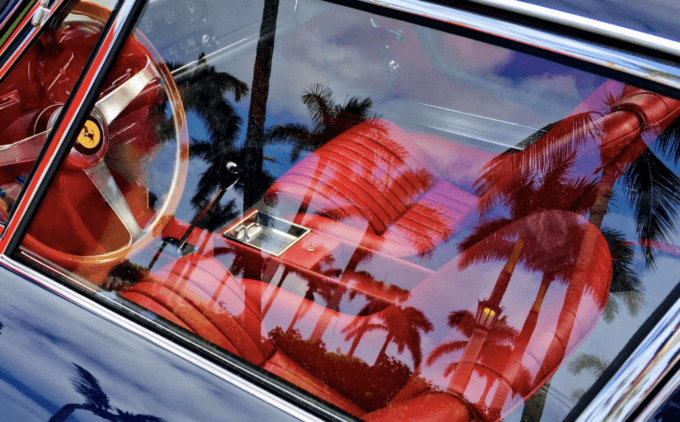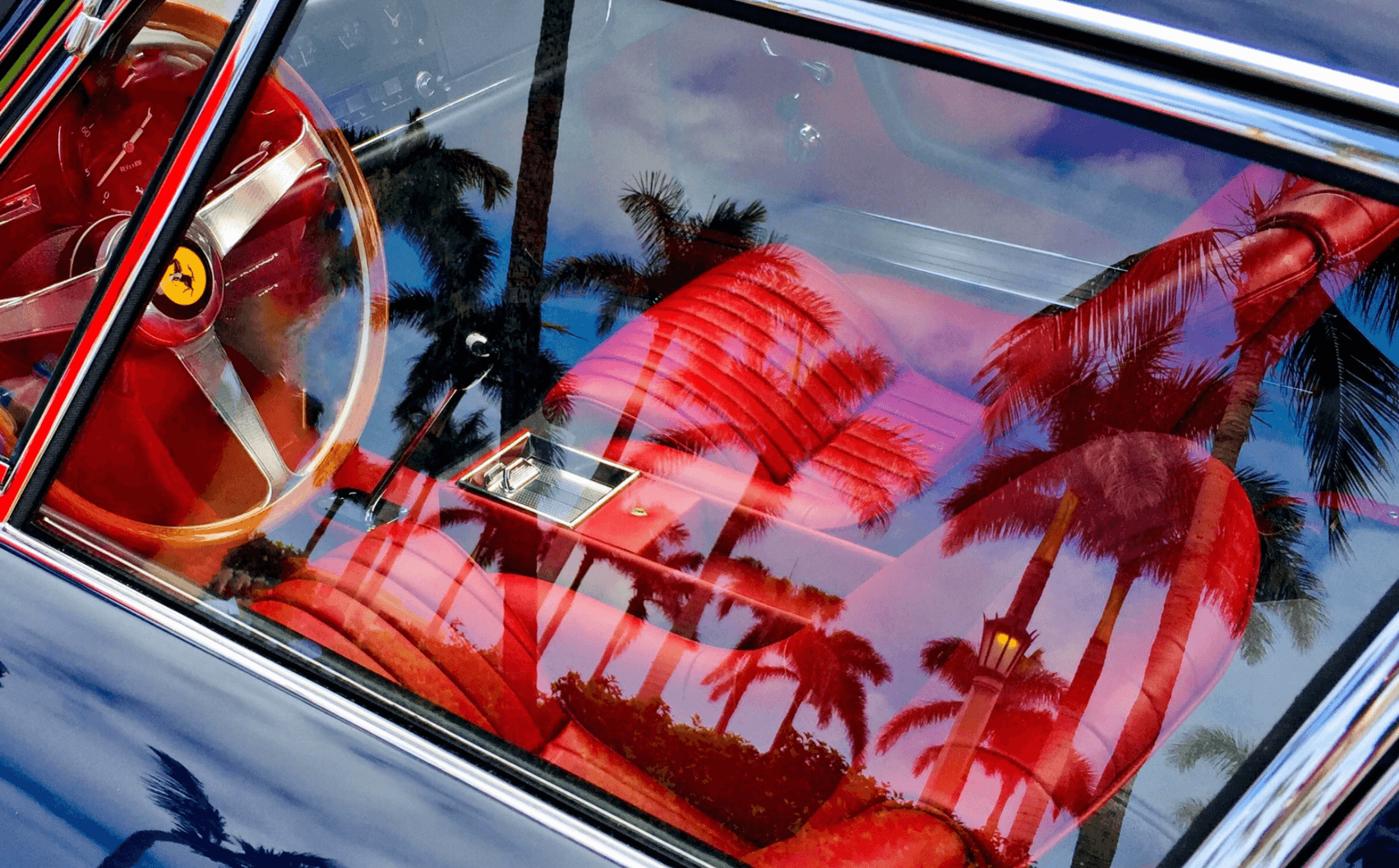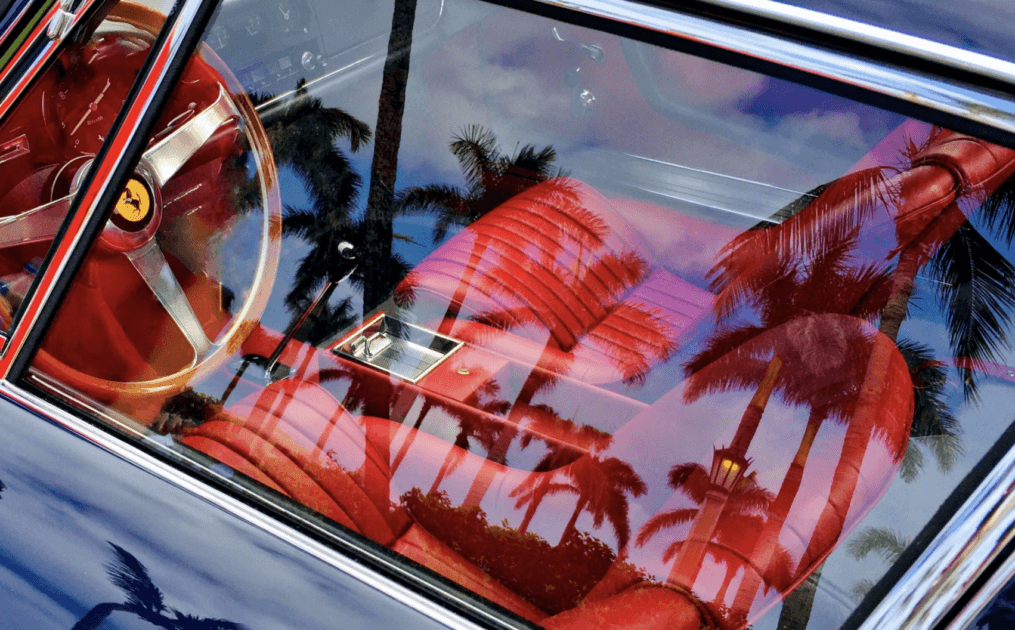






























































Photo by Joe Pregadio
Television news reports recently showed two different worlds at almost the same time. A $600 billion commitment to invest in the United States, $142 billion sales of arms, and a $400 million luxury jet. Such were part of the bounty in Donald Trump’s monarchical tour in the Middle East. But while DJT hobnobbed and made self-proclaimed deals totalling trillions in the oil rich capitals of Riyadh, Doha, and Abu Dhabi, almost concurrent reports showed starving Palestinians as Israel continues to block desperately needed aid from entering Gaza.
The difference between Trump’s high-end luxury tour and the situation in Gaza is startling. The distance from Riyadh to Gaza is 882 miles; Doha to Gaza 1120 miles; Abu Dhabi to Gaza 1400 miles (All distances are in flight miles.). But no physical measurement can accurately portray the distances between the three capitals and what is transpiring in Gaza. While the 47th U.S. president luxuriated among the world’s wealthiest leaders seeing how he could monetarise his presidency for himself and his family, the ostentatious display of economic “deals” was obscene considering what was taking place roughly one thousand miles away in another obscenity.
How to reconcile the ostentatious displays of wealth and power with those who are starving so close by. (I will get to another situation of starvation later.)
Deals and transactional politics are part of Trump’s modus vivendi. Newly elected presidents traditionally begin their terms visiting allies and neighbors. Trump couldn’t resist being fawned over and raking in money by traveling to the Middle East. He became the first U.S. president to make the Middle East his first foreign destination, doing it twice, having visited Saudi Arabia on May 20-21, 2017. “The last four days have been truly amazing,” Trump said after his recent visit. “Nobody’s treated like that,” he boasted to reporters on Air Force One returning to Washington.
The differences between Trump’s extravagant whirlwind tour and the situation in Gaza needs historical perspective. First, Trump did not visit Israel during his recent tour to argue for or insist on Israel’s opening access to aid. Second, not so long ago the idea of the Right to Development was very much on the international agenda. As the Office of the High Commissioner for Human Rights recently noted:
“Over thirty years ago, the Declaration on the Right to Development broke new ground in the universal struggle for greater human dignity, freedom, equality and justice… It demanded equal opportunities, and the equitable distribution of economic resources – including for people who are traditionally disempowered and excluded from development.” (Italics added)
The Declaration on the Right to Development was adopted by the U.N. General Assembly in a 1986 resolution. (The United States was the only state to vote against the resolution.) The “Right to Development” and the 1974 New International Economic Order (NIEO) called for greater economic equality through the equitable distribution of economic resources.
What makes the Trump tour so impressive is how the Middle East leaders’ wealth attracted the president. Human rights and international solidarity were not on his agenda. The tour’s art of the deal was all about money; no right to development, no NIEO, no equitable distribution of economic resources, no help for the people of Gaza. Melvin Goodman perceptively called the Middle East “Trump’s favorite shopping mall.”
Gaza is not the only current obscenity. Riyadh to Sudan is 1200 miles; Doha to Sudan is 1400 miles; Abu Dhabi to Sudan is 1200 miles. Sudan is now considered the world’s most disastrous humanitarian crisis. A March 2025 statement from the United Nations Office for the Coordination of Humanitarian Affairs (OCHA) reported:
“Sudan is facing the most severe hunger crisis in the world: nearly 25 million people are experiencing acute food insecurity, with close to nine million in emergency and catastrophic levels of hunger. One in every two Sudanese is struggling to put food on the table, and people are already succumbing to hunger.”
(For those interested in domestic United States income disparities, a Robin Hood Foundation’s Poverty Tracker in New York City 2025 report showed that that of the 2.02 million New Yorkers now living in poverty, 1.6 million are adults and 420,000 are children. In comparison, in the 2024 edition of the World’s Wealthiest Cities Report by Henley & Partners and New World Wealth, New York City remained the world’s wealthiest city with 349,500 millionaires, 744 centi-millionaires (with investable wealth over $100m), and 60 billionaires. That’s all in the same city with no 1000 mile separation.)
A superficial reading of the above might suggest that I am asking the Middle East monarchs to use their vast wealth to help the most vulnerable, such as in Gaza (if possible) or Sudan. With the United States and other Western countries cutting back on foreign aid, one could hope that the oil rich countries would use some of their new-found wealth to replace the reduced contributions of traditional Western donors.
The Western donors have been by far the major humanitarian donors. The U.S. provided roughly 40% of all U.N. humanitarian aid in 2024. “Together, the U.S., Germany, the European Union and the United Kingdom account for nearly 65% of global humanitarian assistance,” Dorian Burkhalter wrote in Swissinfo. “The Trump administration’s decision to slash 83% of programmes run by USAID – the U.S. government’s main aid agency – has further accelerated a broader decline in funding from traditional donors,” Dorian Burkhalter added.
A report by the Geneva Policy Outlook on Paying for Multilateralism 2013-2023, noted that; “The top 15 donors account for over 86% of all contributions received by the 21 institutions studied [in Geneva]. This donor group is composed of Western governments, the EU, the UN, and the Gates Foundation.”
And the wealthy Middle East countries as donors? Will they replace the traditional Western ones? “Gulf nations – particularly Saudi Arabia and the UAE – have in recent years become regular top-ten contributors to UN humanitarian agencies,” Burkhalter observed. “But their funding is mostly allocated to countries of the Arab League.”
As for the future, it may be that China, through its Belt and Silk Road Initiative, may become a major donor. For the moment, the newly wealthy states of the Middle East have shown little desire to replace traditional Western donors on a global scale.
What cannot be denied is that Trump’s wealth meetings highlighted the obscene differences between the global haves and have nots. Whatever or whoever works to diminish those differences needs to move quickly. The starving in Gaza, Sudan and elsewhere need immediate help. Hundreds of billions of dollars in non-humanitarian business deals in the face of millions starving is obscene. And one doesn’t need formal U.N. programs, resolutions or declarations to see that and to try to fix it. The distances between the global super-rich and the impoverished are more than mere measurable miles; and they are obscene.
The post The Obscenity of Obscene Wealth Close to Obscene Famine appeared first on CounterPunch.org.
This post was originally published on CounterPunch.org.